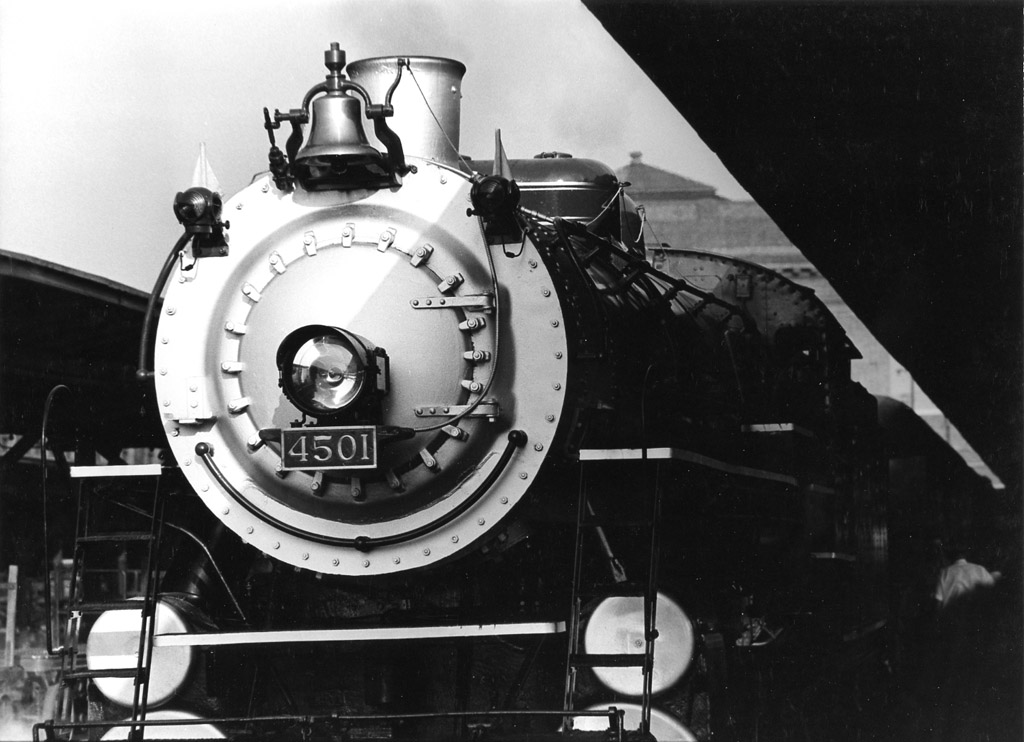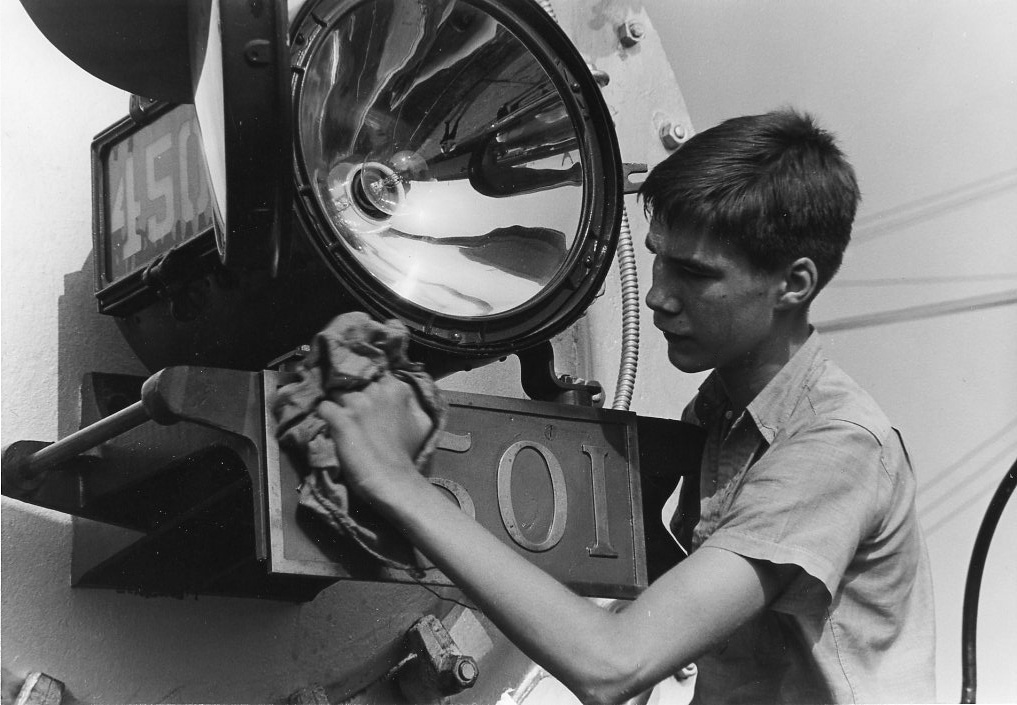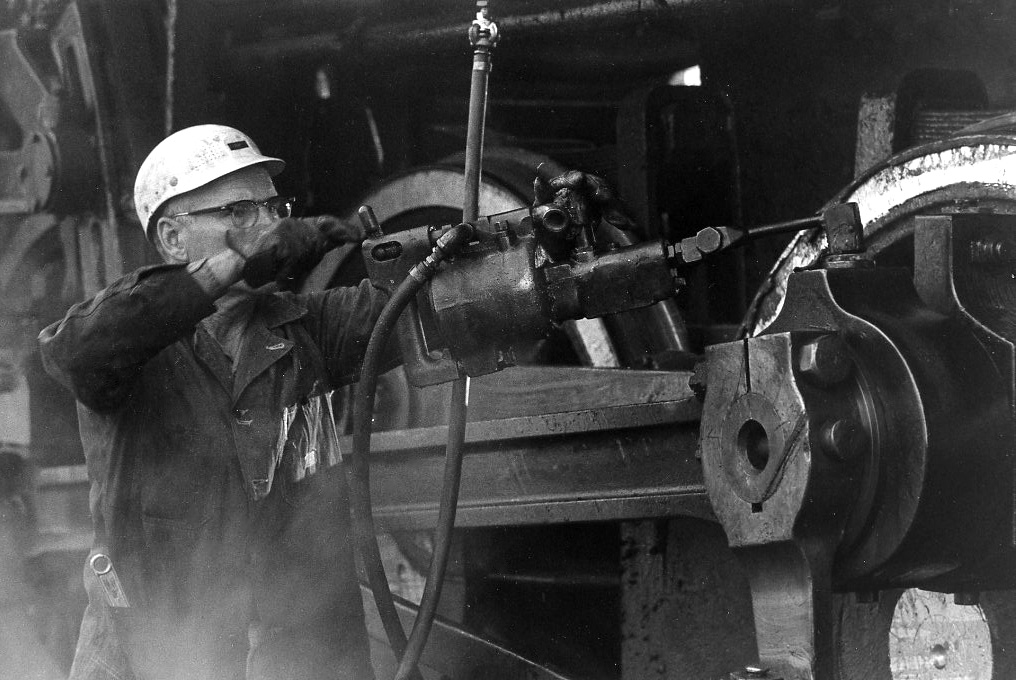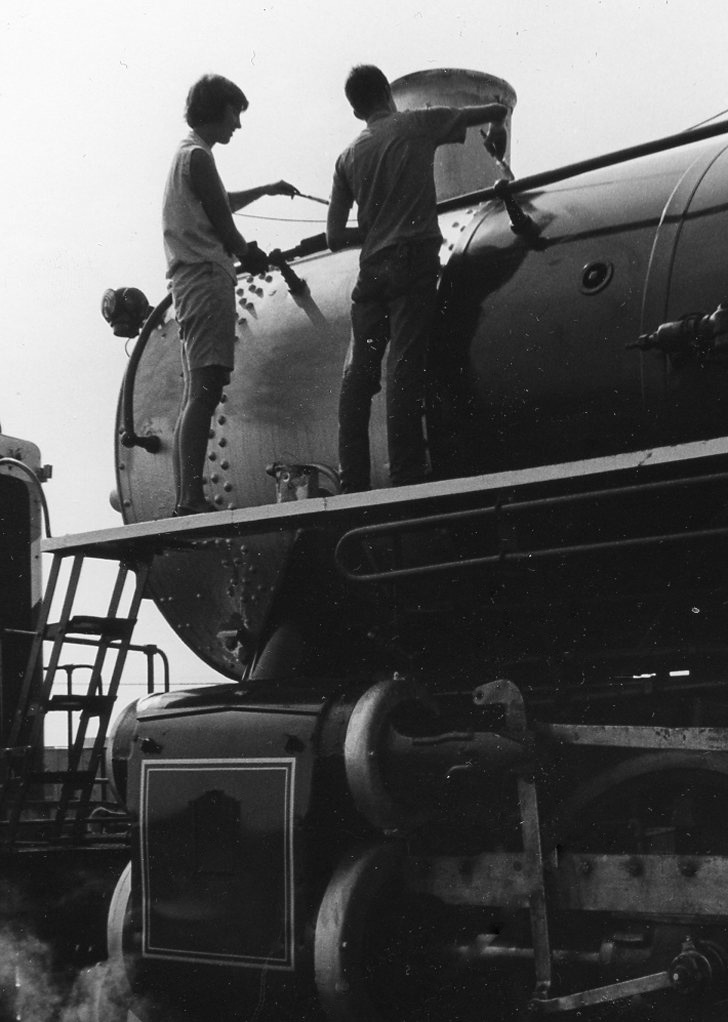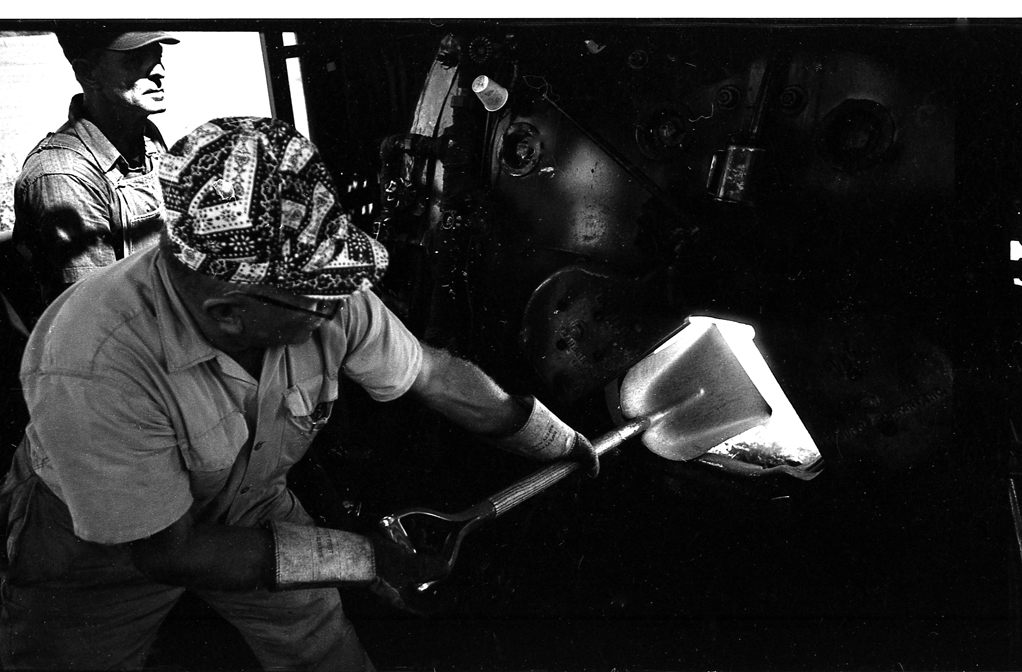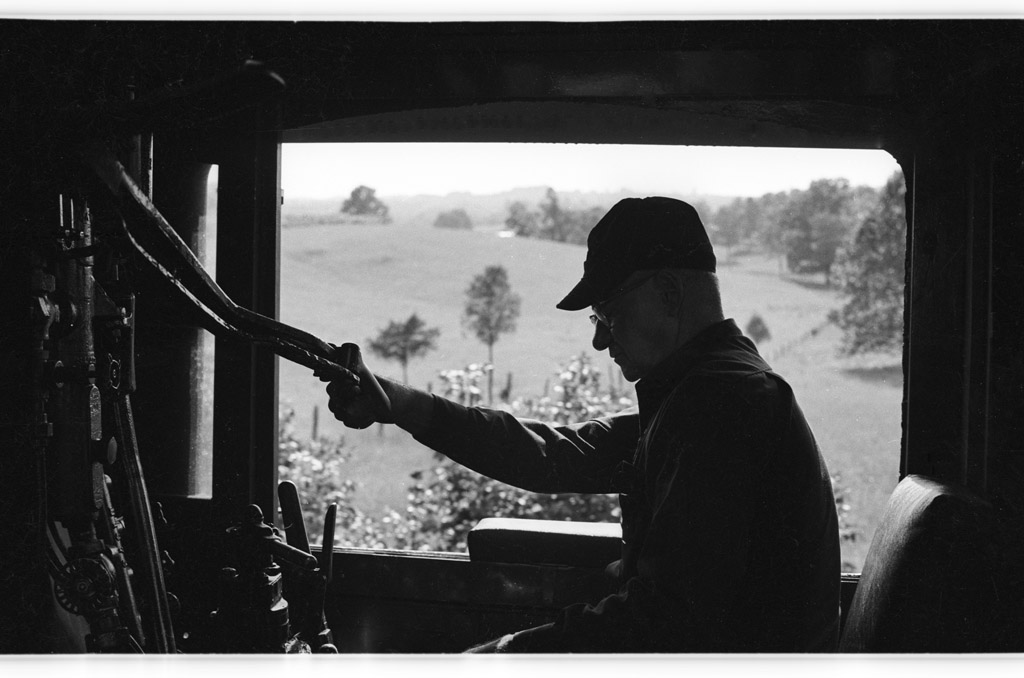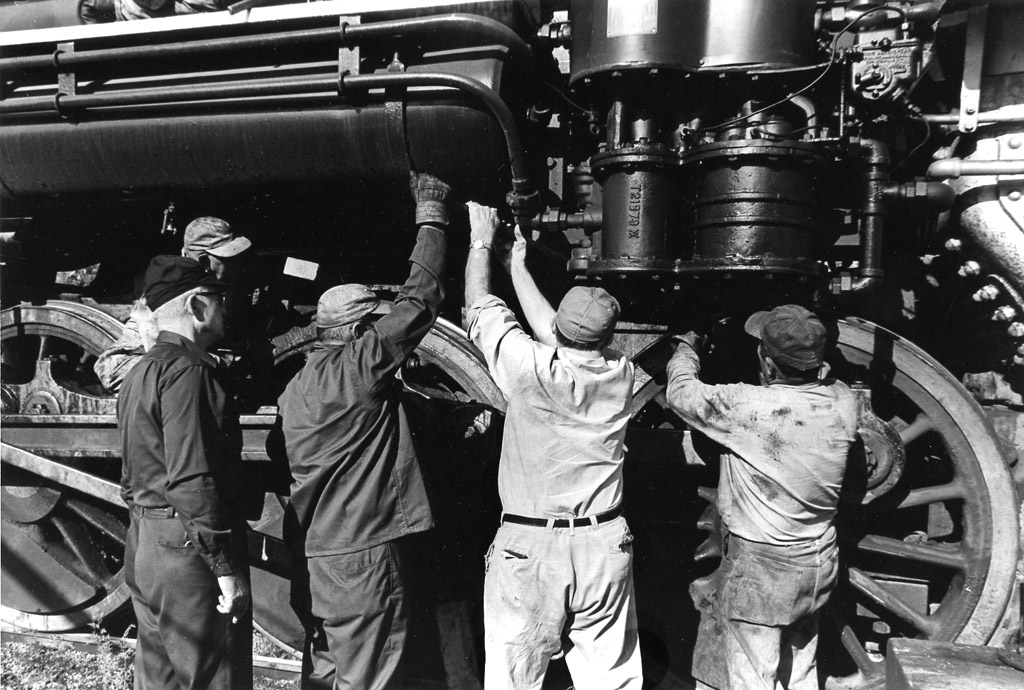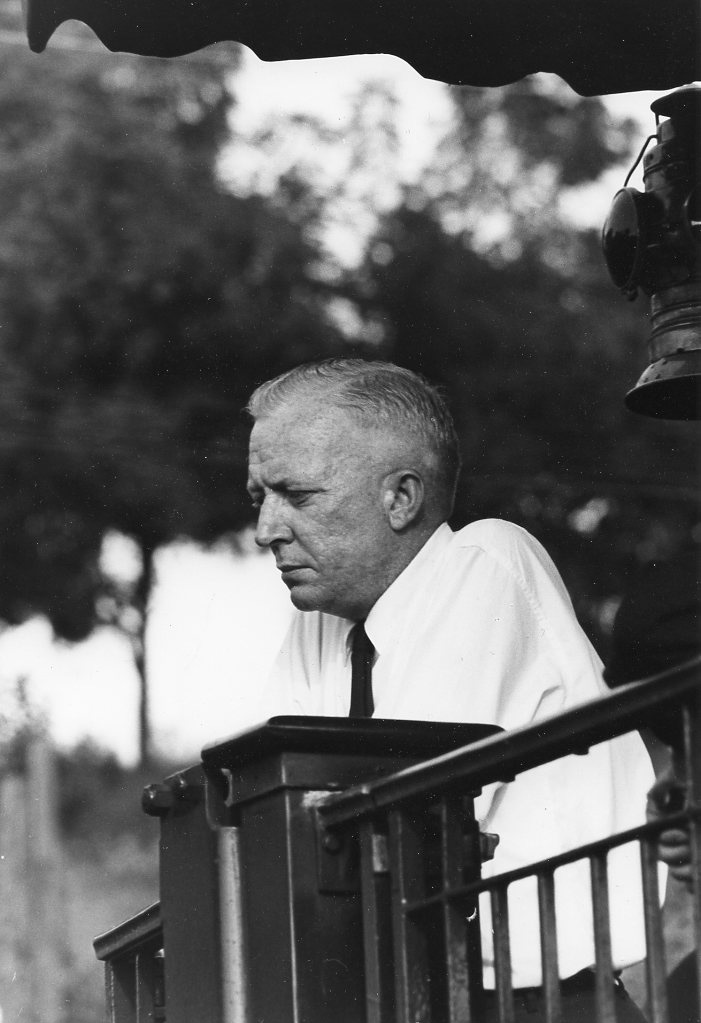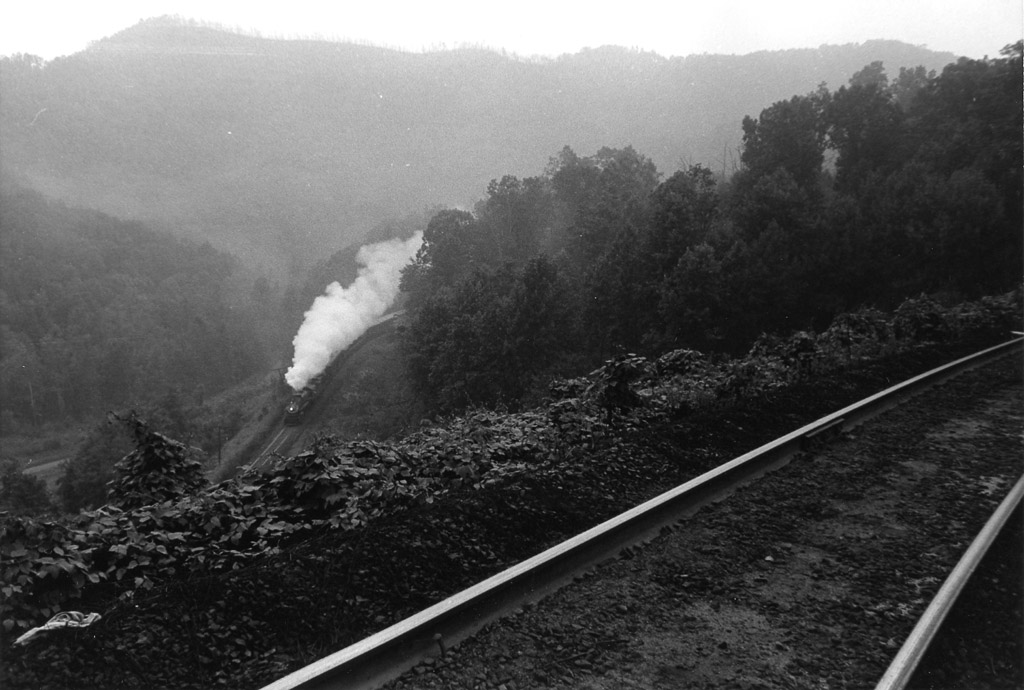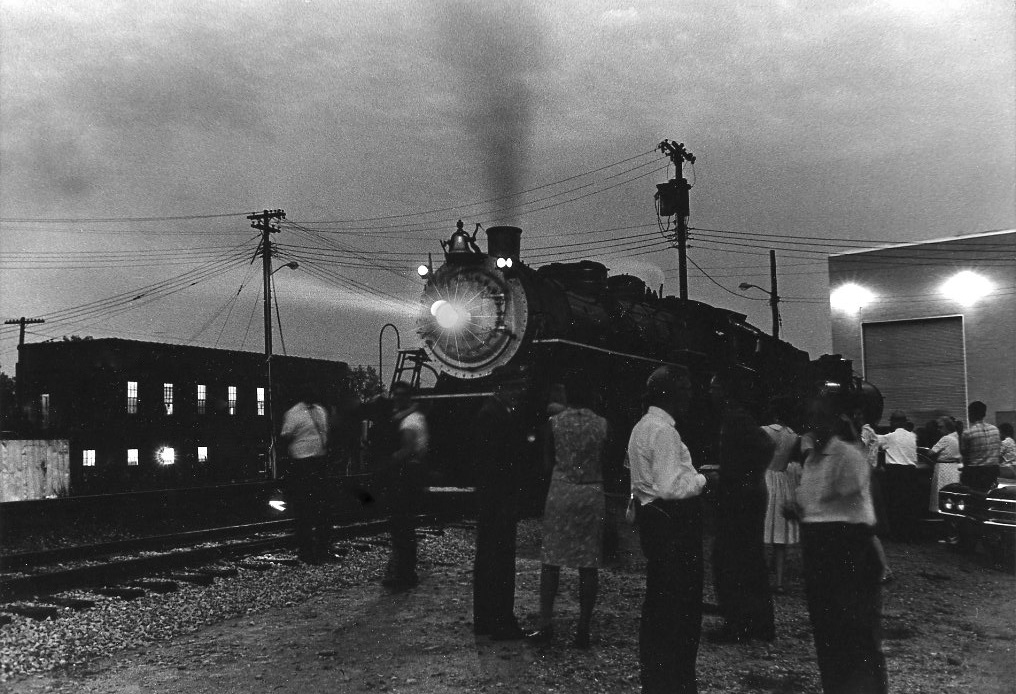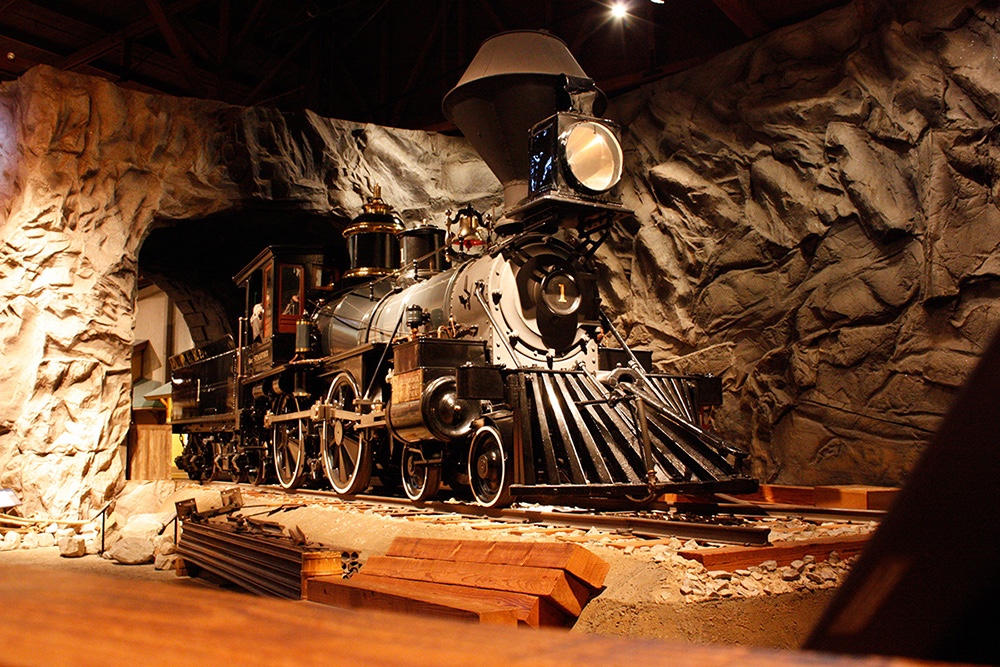Looking back, a quiet meeting on the platform at Asheville, N.C., may well have been the most significant happening during the 1966 inaugural trip of locomotive 4501 from Chattanooga to Louisville and Richmond. The participants: D. W. Brosnan, who had proudly dieselized the Southern Railway in 1953; W. Graham Claytor Jr., who proudly brought steam back to the Southern; and Walter Dove, general road foreman of engines and engineer for the 4501, who was just plain proud to be involved.
That 1966 trip has special relevance in 2011 as the Norfolk Southern inaugurates its 21st Century Steam program, whose roots reach to locomotive 4501 and the 1966 event. Locomotive 4501 again will be a part of the program when restored for operation in a year or so.
Two people in the Asheville meeting, Brosnan and Claytor, were among the 10 legendary railroaders, all people who transformed 20th century railroading, honored in an article by Bill Schafer in Trains magazine’s millennium issue in January 2000 (reprinted in the Classic Trains newsletter of Nov. 2, 2011).
Brosnan (1903-’85) was Southern’s sixth president, serving from 1962 to 1967. His “vision, nerve, and drive transformed Southern into a lean money machine,” wrote Schafer, who retired March 1 as Norfolk Southern’s director of strategic planning. In the article, he also commented on Brosnan’s “ruthlessness and disregard for the quality of life of his managers.” This, without doubt, accounted for the nervous whispers as the steam special approached Asheville, where Brosnan spent summers in his office car. Schaefer’s finest hour with 4501 occurred when he and Linda were married in 1998; the events included an ice cream social aboard a steam train pulled by 4501.
Claytor (1912-’94) succeeded Brosnan as Southern president, then went on to become secretary of the navy and president of Amtrak from 1982 to 1993—a distinguished career indeed. Don Phillips, Trains’ columnist for four decades, wrote the obituary for the Washington Post, which was inserted in the Congressional Record. Claytor’s wife, Frances H. Claytor (1915-’08), had been along for the inaugural trip and shared her husband’s enthusiasm.
The 1966 inaugural trip started on Aug. 18. My photograph of the 4501 at the Terminal Station introduced the account in Trains by editor David P. Morgan, headlined, “I could write a book.” In true Morgan fashion, the prediction would become a reality two years later with publication of Locomotive 4501. Kalmbach expects to bring the story up to date and republish the book when the locomotive returns to service.
Morgan (1927-’90), editor for 34 years until he retired in 1987, was kept informed about every step of the purchase and restoration, and he wrote enthusiastically about the locomotive. He and his wife, Margaret J. Morgan (1932-’93), were along on the inaugural run as well as later trips.
Many other people saw the locomotive on that inaugural trip. They include editor Jim Wrinn (on his father’s shoulders at Asheville) and Phillips, then a young adult. But what others traveled the entire eight days, besides myself?
Paul Merriman, the locomotive’s owner and a founder of the Tennessee Valley Railroad Museum, watched over every detail. Merriman (1909-’01), who had paid $5,000 for the locomotive, was a DuPont engineer in electronics research at Chattanooga, and TVRM’s president from 1961 to 1978. He deeded the locomotive to the museum in 1975 and was present for the 25th anniversary in 1991.
Walter Dove (1904-’97) worked for the Southern Railway for 52 years. His wife, Adrian (1902-’80), joined us for part of the trip; the Claytors had insisted that he call her and invite her to join. Morgan wrote about the “marble” in his wrist, praising his ability to make music with the whistle.
Sometimes it took two people to keep the fire hot, so Dove summoned Lloyd Ash (1910-’90) of Eckerty, Ind. Ash, then a locomotive engineer, had fired the 4501 before, and did an excellent job of keeping the fire hot. He worked for the Southern Railway for 36 years.
Claytors’ children were along, kept busy cleaning and polishing the locomotive in the proud Southern tradition of immaculate appearance. Murray, the daughter, now is a doctor in the Washington area. Graham III, among other positions, worked for Southern Pacific, RailAmerica as senior vice president-rail from 1996 to 2002, and in transportation consulting for the ports of Oakland and San Francisco and in Peru, Chile, and Australia. He moved to Claytor Lake in Virginia in May.
I was still in the cab when there was “thump.” It did not sound serious to me, but Dove knew immediately. A spring saddle over the third driving wheel had broken, and the spring started to disintegrate along the right-of-way. It was serious. We were on single track and the Sparkplug, the fast freight with auto parts, was not far behind. “There were very worried faces when spring hanger broke. It could not have been worse. It is amazing they would go on and do something with the steam program after this,” Claytor III recalled a few weeks ago.
But parts were located and brought overnight to Somerset, Ky., where repairs were made the next morning. We were on our way, 24 hours late, to the meeting with Brosnan, who liked on-time trains. The Claytors were worried, Walter Dove was happy to meet Brosnan, “the boss,” and in a short time we were traveling through the loops at Old Fort to the main line at Salisbury and the terminus of the trip at Richmond. Crowds had been friendly, and the 4501 was on its way to a long and continuing career in the Southern/Norfolk Southern steam program.
JOHN GRUBER is a long-time Trains contributor, founder and president of the Center for Railroad Photography & Art, and editor of Railroad Heritage. He has been a freelance railroad photographer since 1960, and received awards from the Railway & Locomotive Historical Society in 1994 for lifetime achievement in photography and in 2010 for an article about Lucius Beebe and Charles Clegg.





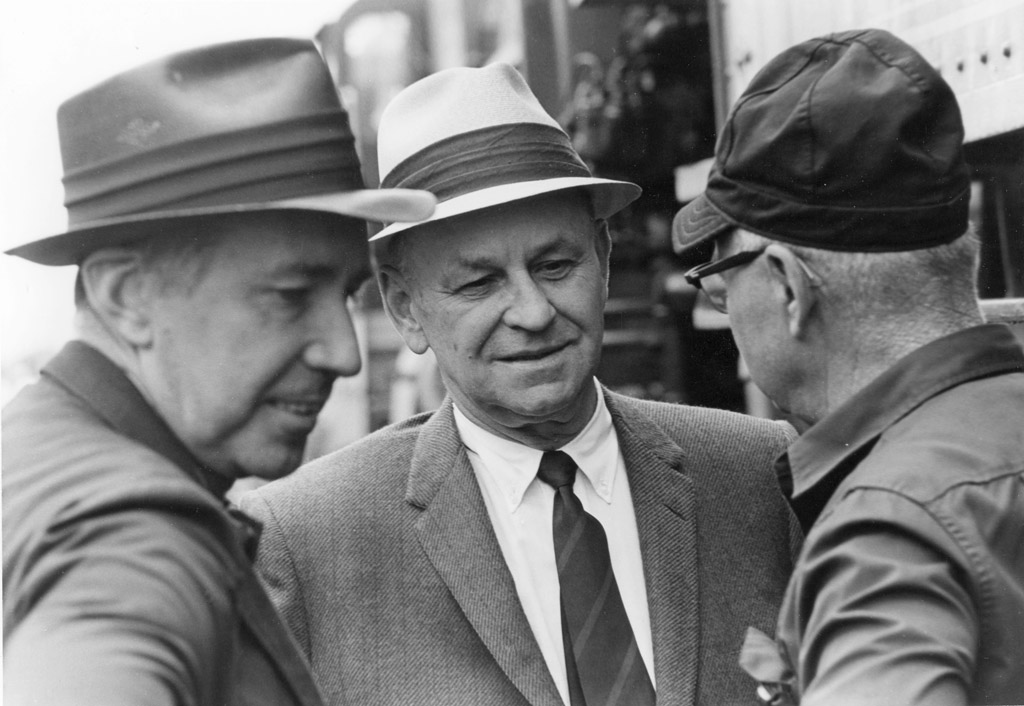


 FULL SCREEN
FULL SCREEN